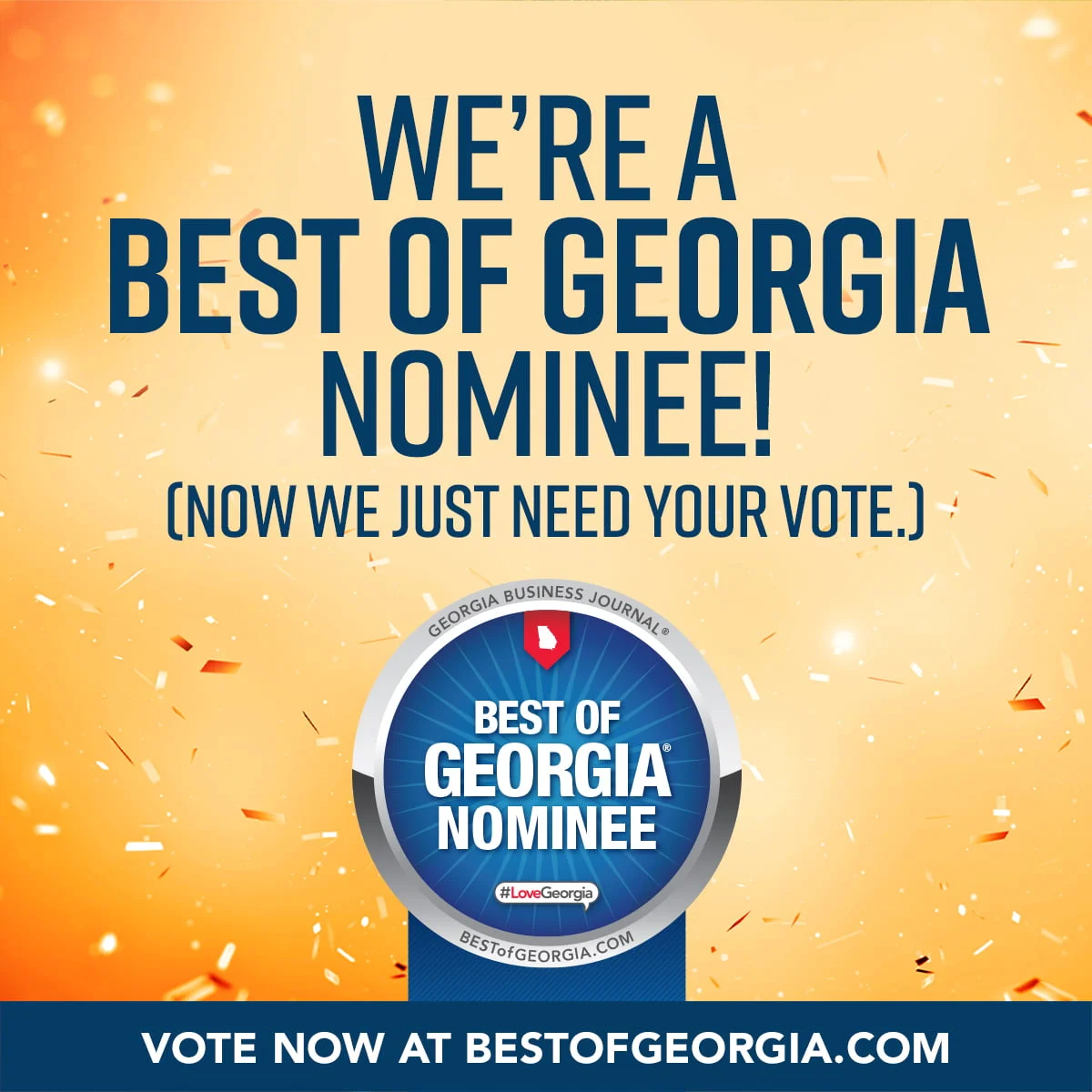If you’re running an online business, mastering how to write a blog post is essential. Blogging serves as a vital tool for connecting with audiences globally, whether you’re a business, professional, or enthusiast.
Over 55% of bloggers report that their blog achieves marketing outcomes, with 26% indicating significant success from their blogging efforts.
So, What is a Blog?
A blog post is a written piece published on a blog, designed to inform, entertain, educate, or inspire readers on specific topics.
Blogging allows you to showcase expertise, build credibility, and engage directly with your audience. It’s a powerful way to grow your online presence and achieve your goals. This guide will equip you with essential strategies to craft compelling blog posts that captivate readers and achieve your blogging objectives.
Writing a Blog Post: What You Need to Know
Understanding Your Audience

Knowing your audience is crucial when writing a blog post. It helps you create content that resonates with your readers and meets their needs effectively.
Understanding who your audience is allows you to tailor your content specifically to their preferences and interests. This ensures that your blog posts are relevant and valuable to them.
How can you define your audience demographics and interests?
Start by identifying basic demographics such as age, gender, location, and occupation. Then, delve deeper into their interests, challenges, and what motivates them.
Conducting audience research is easier than you think. Tools like Google Analytics provide valuable insights into your website visitors, including demographics and browsing behaviors. Social media platforms also offer analytics tools to understand your followers better.
By understanding your audience thoroughly, you can write blog posts that resonate, engage, and provide meaningful value to your readers. This strategic approach enhances your blog’s effectiveness and helps you build a loyal audience over time.
Choosing the Right Topic
When it comes to selecting a topic for your blog post, strategic thinking pays off. Here’s how you can nail it:
- Brainstorming techniques for generating blog post ideas: Start by jotting down any ideas that come to mind. Use mind maps, lists, or even inspiration from current events or your own experiences to fuel your creativity.
- How to identify trending topics in your niche: Stay updated with industry news, follow influencers, and use tools like Google Trends to spot hot topics. Pay attention to what’s buzzing among your audience on social media.
- Evaluating the relevance and potential of a blog post topic: Consider if the topic aligns with your audience’s interests and needs. Ask yourself if it offers unique insights or solutions that haven’t been widely covered. This ensures your blog post has the potential to engage and resonate with your readers.
Writing blog posts doesn’t need to be stressful. By mastering these steps, you can consistently generate compelling blog post ideas that attract and retain your audience’s attention.
Structuring Your Blog Post

When crafting a blog post, it’s essential to structure it effectively to engage your audience from start to finish. Here’s a detailed look how to create the perfect blog post:
Title
Your blog post title is the first thing readers see, making it crucial for grabbing attention and encouraging them to click through. A good title should be clear, concise, and intriguing. It should also give a hint about the content of the post without giving everything away.
Here are a few techniques for crafting effective titles:
- Use Numbers or Lists: Example – “10 Tips for Writing Engaging Blog Posts”
- Pose a Question: Example – “Are You Making These Common Blogging Mistakes?”
- Promise a Benefit: Example – “Boost Your SEO with These Simple Blogging Tips”
Titles should be optimized for SEO by including relevant keywords that your audience might be searching for. They should also accurately reflect the content of your blog post to maintain trust with your readers.
Introduction
The introduction sets the stage for your entire blog post. It should grab your readers’ attention immediately and make them want to continue reading. Here are some effective ways to start your introduction:
- Tell a Story: Example – “Last summer, I struggled to increase my blog traffic until I discovered a simple trick…”
- Start with a Shocking Statistic: Example – “Did you know that 90% of bloggers never make more than $100 from their blogs?”
- Pose a Provocative Question: Example – “What if you could double your blog’s traffic in just one month?”
The introduction should also clearly state the purpose of your blog post and what readers can expect to learn or gain from reading further. It sets the tone and creates a connection with your audience right from the beginning.
Body
The body of your blog post is where you develop your main ideas, provide evidence or examples, and offer valuable information to your readers. It should be well-organized with clear subheadings to guide readers through different sections. Here’s how to structure the body effectively:
- Use Subheadings: Each major point should have its own subheading to break up the text and make it easier to read.
- Provide Evidence and Examples: Back up your points with data, case studies, or real-life examples to add credibility and depth to your content.
- Keep Paragraphs Short: Use short paragraphs and bullet points where appropriate to improve readability and keep readers engaged.
By organizing the body into logical sections using a blog post template, you help readers navigate through your content easily and find the information they’re most interested in.
Conclusion
The conclusion brings your blog post to a satisfying close by summarizing the main points discussed and reinforcing the key takeaways. Here’s how to effectively conclude your blog post:
- Summarize Main Points: Briefly recap the main ideas or arguments presented in the body of your post.
- End with a Call to Action: Transition into your call to action (CTA) by encouraging readers to take the next step based on what they’ve learned.
- Leave a Thought-Provoking Ending: Pose a final question or thought that encourages reflection or discussion among your readers.
A strong conclusion reinforces your main message and leaves a lasting impression on your audience. It should tie back to your introduction and provide closure to your blog post.
Call to Action
Every blog post should conclude with a clear call to action (CTA) that prompts readers to engage further with your content or take a specific action. Here are some effective CTAs:
- Subscribe: Invite readers to subscribe to your blog or newsletter to receive updates on future posts.
- Comment: Encourage readers to share their thoughts, opinions, or experiences related to the topic in the comments section.
- Explore Related Content: Direct readers to other relevant blog posts, resources, or products/services that expand on the topic.
- Follow on Social Media: Invite readers to follow you on social media for more tips, updates, and community interaction.
CTAs should be actionable, specific, and aligned with the goals of your blog post. They provide readers with a clear next step and help build relationships and engagement over time.
By effectively structuring your blog posts with these essential elements, you create a cohesive and engaging reading experience for your audience while achieving your blogging goals.
Writing Compelling Content

When it comes to writing compelling blog content, these strategies will help you grab and keep your readers’ attention:
- Techniques for crafting attention-grabbing headlines: Start with a clear promise or benefit. Use numbers or strong adjectives to stand out. Keep it concise yet intriguing to draw readers in.
- Tips for writing a captivating introduction: Hook your audience with a compelling story, shocking statistic, or thought-provoking question. Clearly state what your blog post will cover to set expectations.
- Developing the main body of the blog post with clear subheadings and sections: Break down your content into easily digestible parts. Use subheadings to guide readers through each section. Ensure each paragraph flows logically from the previous one, supporting your main points.
By implementing these strategies, you can create blog posts that not only attract attention but also engage and inform your audience effectively.
Optimizing for SEO
Optimizing your blog post for search engines can help increase your visibility and attract more readers. Here’s how you can do it effectively:
Understanding basic SEO principles for blog posts: SEO stands for Search Engine Optimization, which involves techniques to improve your blog post’s visibility on search engines like Google. It includes using relevant keywords, optimizing your content structure, and enhancing user experience.
Incorporating keywords naturally into your content: Choose keywords that are relevant to your topic and audience’s search queries. Integrate them naturally throughout your blog post, including in headings, subheadings, and within the body text. Avoid overstuffing keywords, as this can hurt your SEO efforts.
Best Practices for Optimizing a Blog Post
- Meta Title: Craft a compelling title that includes your primary keyword near the beginning and accurately describes your content.
- Meta Description: Write a concise and informative meta description that encourages clicks. Include relevant keywords and a call to action if possible.
- URLs: Use short, descriptive URLs that include your target keyword. Avoid using random strings of numbers or characters.
By following these SEO best practices, you can improve your blog post’s chances of ranking higher in search engine results, driving more organic traffic to your website.
Enhancing Readability
Making your blog posts easy to read and engaging improves the overall reader experience. Here’s how you can enhance readability effectively:
- Using formatting techniques (paragraphs, bullet points, numbered lists): Optimizing content is a crucial part of blogging. Break up your content into shorter paragraphs to prevent walls of text. Use bullet points or numbered lists for lists of items or steps. This makes information more scannable and digestible for your readers.
- Incorporating visuals (images, infographics) for better comprehension: Visuals such as images, infographics, and charts help break up text and illustrate key points visually. They also enhance understanding and make complex information easier to grasp at a glance.
- Writing in a conversational tone to connect with readers: Write as if you’re having a conversation with your readers. Use everyday language, avoid jargon, and address your audience directly. This creates a friendly and approachable tone that resonates with readers and keeps them engaged.
Keeping these strategies in mind, you can improve the readability of your blog posts and create a more enjoyable reading experience for your audience.
Editing and Proofreading

Editing and proofreading are essential steps to ensure your blog posts are polished and error-free. Here’s how you can refine your writing effectively:
- Importance of editing for clarity, grammar, and spelling: Editing ensures your message is clear, sentences are well-structured, and grammar and spelling mistakes are corrected. This enhances the professionalism and credibility of your blog post.
- Tools and techniques for effective proofreading: Use tools like Grammarly or Hemingway Editor to catch grammar and style issues. Read your post aloud to yourself or use text-to-speech tools to catch awkward phrasing or missing words.
- Getting feedback from peers or using professional editing services: Ask a colleague or fellow blogger to review your post for a fresh perspective and constructive criticism. Alternatively, consider hiring a professional editor to polish your content to perfection.
Adding Value with Multimedia
Enhance your blog posts with multimedia to enrich the reader experience and boost engagement. Multimedia makes your content more interactive and memorable. Optimized images, videos, and podcasts can convey information more dynamically than text alone, while slideshows offer visual summaries that complement your written content.
Tips for choosing the right multimedia content for your blog post:
- Relevance: Ensure multimedia aligns with your blog post’s theme and enhances understanding.
- Quality: Use high-quality images, well-produced videos, and clear audio to maintain professionalism.
- Accessibility: Provide transcripts for videos and podcasts, and ensure images are described for visually impaired readers.
Promoting Your Blog Post
Promoting your blog post effectively can help you reach a wider audience and maximize its impact. Here are a few ways you can promote your blog post:
- Promoting your blog post on social media: Share your blog post across your social media platforms. Craft engaging captions and use relevant hashtags to increase visibility. Encourage your followers to share your content with their networks.
- Engaging with your audience through comments and shares: Respond promptly to comments on your blog and social media. Engage with your audience by asking questions and encouraging discussions. This builds rapport and keeps readers coming back.
- Leveraging email newsletters and collaborations for wider reach: Include your blog post in your email newsletters to subscribers. Collaborate with influencers or other bloggers in your niche to reach their audience. Guest posting on relevant websites can also drive traffic back to your blog.
Partner with Us to Craft Your Next Winning Blog Post
You’ve now learned essential strategies to master the art of writing a blog post like a pro. Now it’s time to put these strategies into action. Start applying what you’ve learned in your next blog post to attract more readers and achieve your blogging goals.
Need more assistance with your blog content and strategy? At Newman Web Solutions, we specialize in SEO and UX writing services that drive your website’s success. Whether you need engaging blog posts, effective copywriting, or a comprehensive content strategy, we offer tailored solutions to help you achieve your digital marketing goals.
Let us help you tell your business’s story effectively and connect with the right audience segments. Reach us at (404) 301-9189 or book your free strategy call to elevate your online presence and achieve lasting success!





